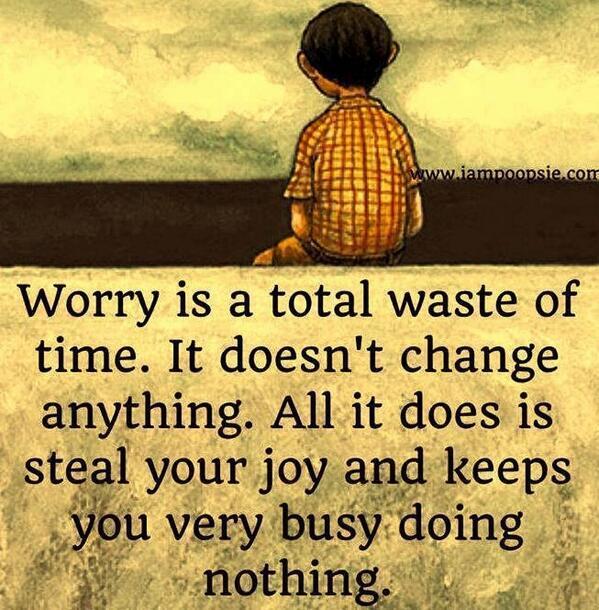
Whether or not you think of yourself as being an anxious or fearful person, mindfulness practice can help you deal with your reactions to life’s inevitable threats—both big and small.
If you’re like most people, you might be surprised to see just how often fear and anxiety affect your life. Some people think of these as distinct experiences. They use the word fear to describe our reaction to immediate physical danger (the car going into a skid or our child running into the road) while anxiety involves worry (feeling nervous before an important talk or big test). The distinction isn’t critical, however. Mindfulness practice helps us see that our minds and bodies respond similarly in all of these situations and at least some fear or anxiety shows up quite regularly. It can help us work with both the little moments of fear and anxiety that pass through our minds all the time and the big ones that can be overwhelming.
Source: www. About.com
TECHNIQUES TO HELP WITH WORRY (ANXIETY)
Deep Breathing
Deep breathing, also referred to as diaphragmatic breathing, is one of the most basic and effective coping strategies for reducing anxiety. When people are anxious, they tend to take shorter and shallower breaths, which can further increase arousal. Deliberately breathing deeply with your diaphragm can counter this anxiety response, reducing your heart rate and bringing on a state of relaxation and calm. An added benefit of deep breathing is that you can use this coping strategy anywhere – while in the car, in a large crowd, during a test or when giving a presentation at work.Progressive Muscle Relaxation
Another basic coping strategy for anxiety is progressive muscle relaxation. One common symptom of anxiety is muscle tension. Progressive is a coping strategy that is designed to bring about complete relaxation of all of the different muscle groups in your body. In this exercise, you systematically tense and then relax different muscle groups. By first tensing your muscles and then relaxing, you can achieve a more complete and a deeper relaxation of your muscles.Cognitive Restructuring
How we evaluate or perceive certain situations can determine whether or not we have anxiety. For example, if you enter an enclosed space and evaluate that situation as threatening or one in which you will become trapped and not be able to escape, you are more likely to experience anxiety than if you were to simply evaluate the situation as mildly uncomfortable or not dangerous at all.Cognitive restructuring can help you change how you evaluate certain situations, reducing the likelihood of anxiety. In cognitive restructuring, you try to find evidence for and against your thoughts. In doing so, you will likely develop a more accurate and balanced view of your situation that may limit the amount of anxiety that you could experience.
No comments:
Post a Comment